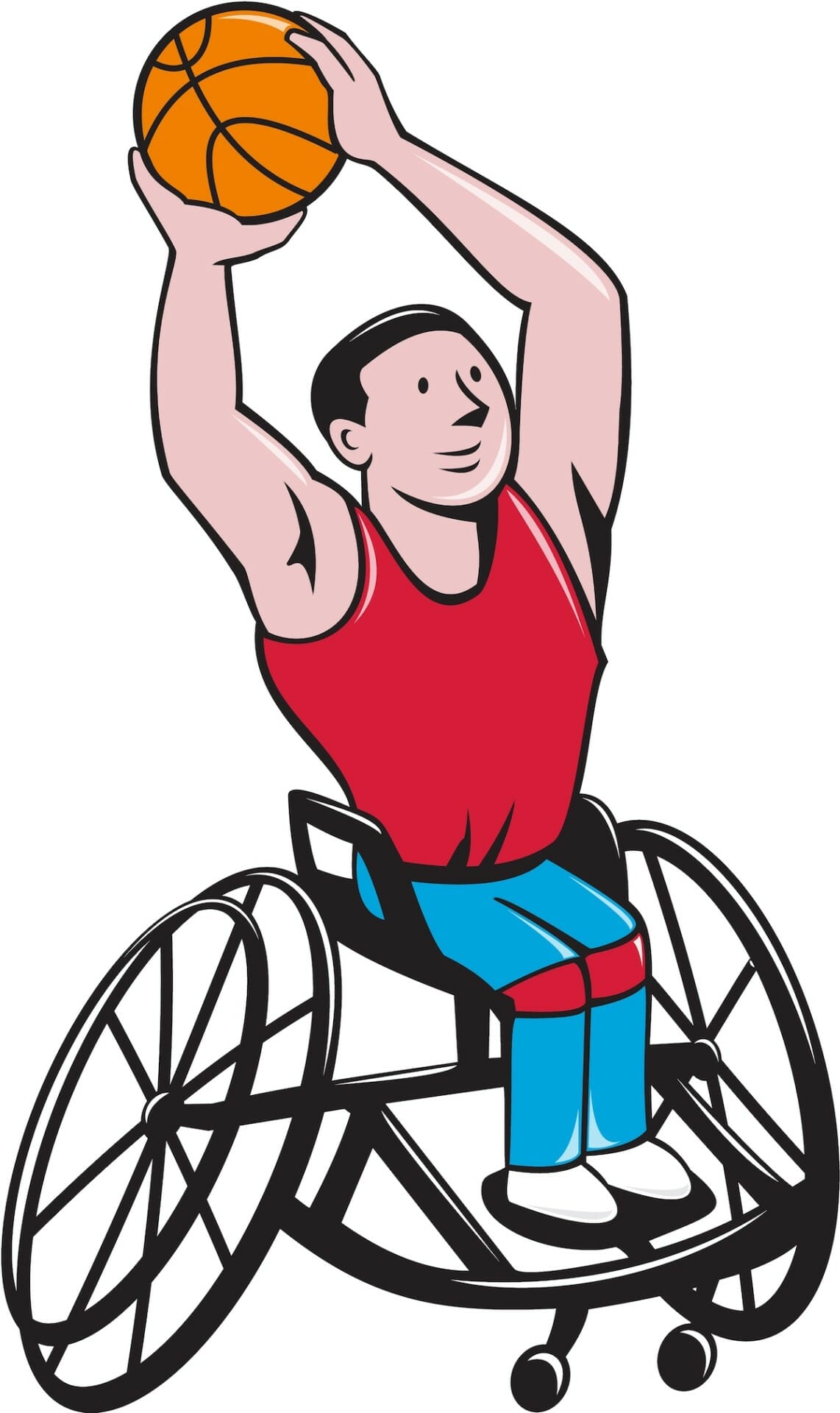Regular physical activity is good for everyone’s health, including people with disabilities. Getting active can help you:
Strengthen your heart
Build strong muscles and bones
Improve coordination
Relieve stress, improve your mood, and feel better about yourself
Before you start…
Talk to your doctor about the types and amounts of physical activity that are right for you. If you are taking medicine, be sure to find out how it will affect your physical activity.
It’s also a good idea to talk to a trained exercise professional. Find a fitness center near you that is comfortable and accessible. Ask if they have experience working with people with similar disabilities.
Aim for 2 hours and 30 minutes a week of moderate aerobic activities.
Choose aerobic activities—activities that make your heart beat faster—like walking fast or wheeling yourself in a wheelchair, swimming, or raking leaves.
Start slowly. Be active for at least 10 minutes at a time and gradually build up to doing 30 minutes at a time.
Aim for 30 minutes of aerobic activity on most days of the week.
Do strengthening activities 2 days a week.
These include activities like crunches (sit-ups), push-ups, or lifting weights.
Try working on the muscles that you use less often because of your disability.
Find support and stick with it.
Take along a friend, especially if you are trying out a new activity.
If you don’t meet your physical activity goal, don’t give up. Start again tomorrow.
Be active according to your abilities. Remember, some physical activity is better than none!
For more information on physical activity and disabilities, visit:
National Center on Health, Physical Activity and Disability (NCHPAD), http://www.nchpad.org











